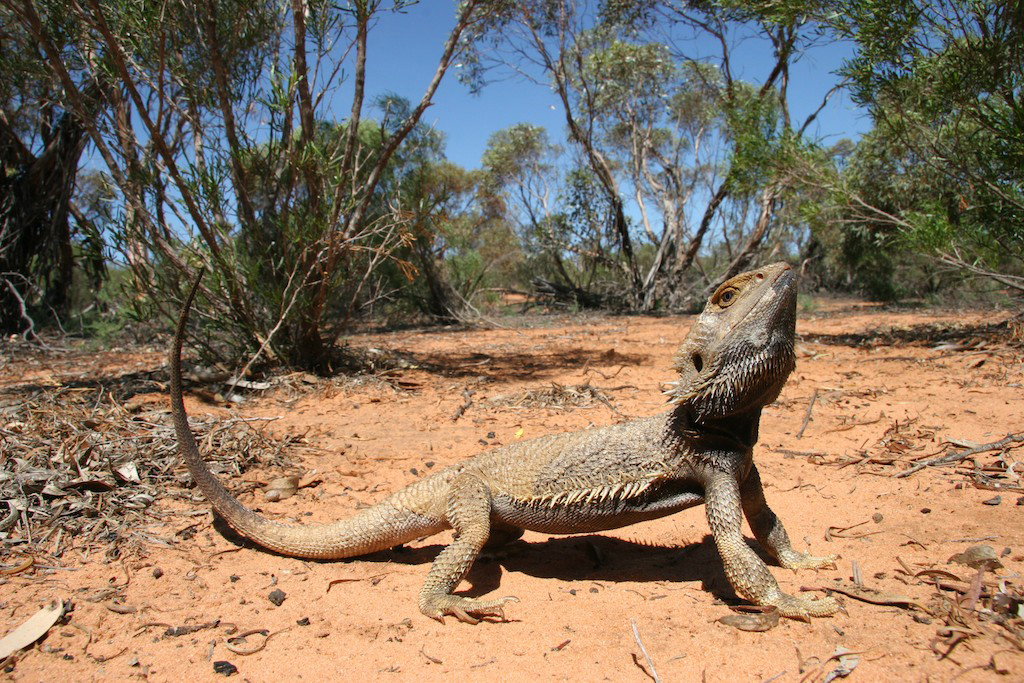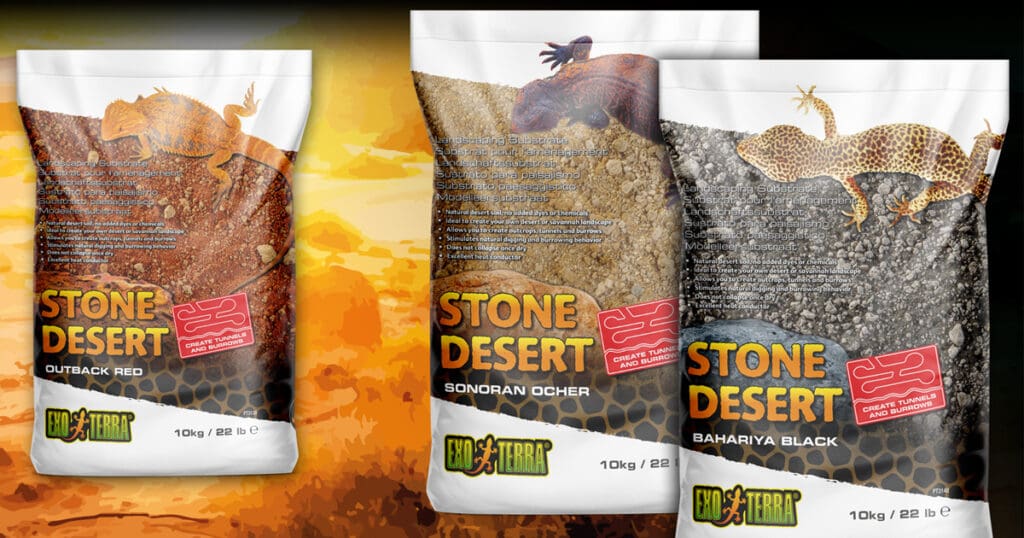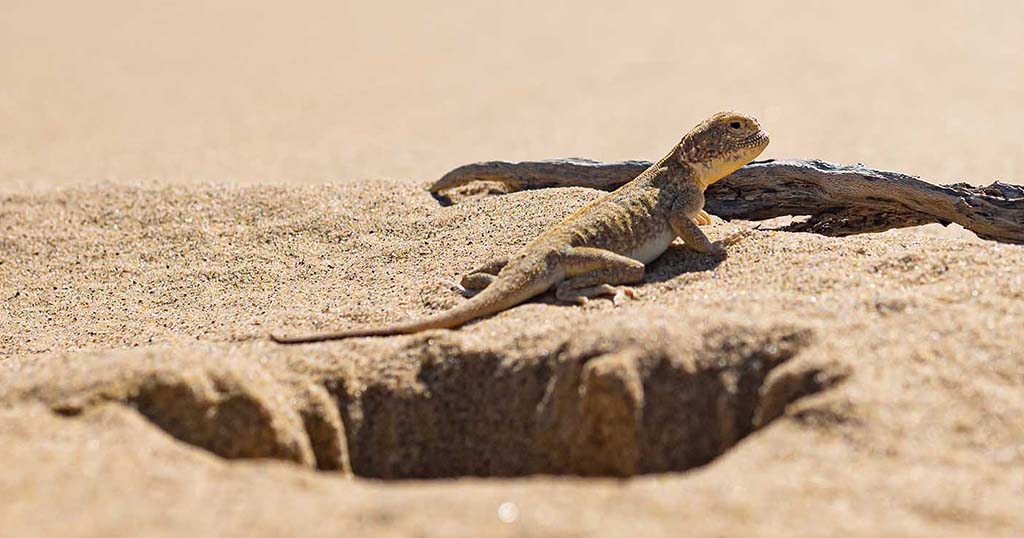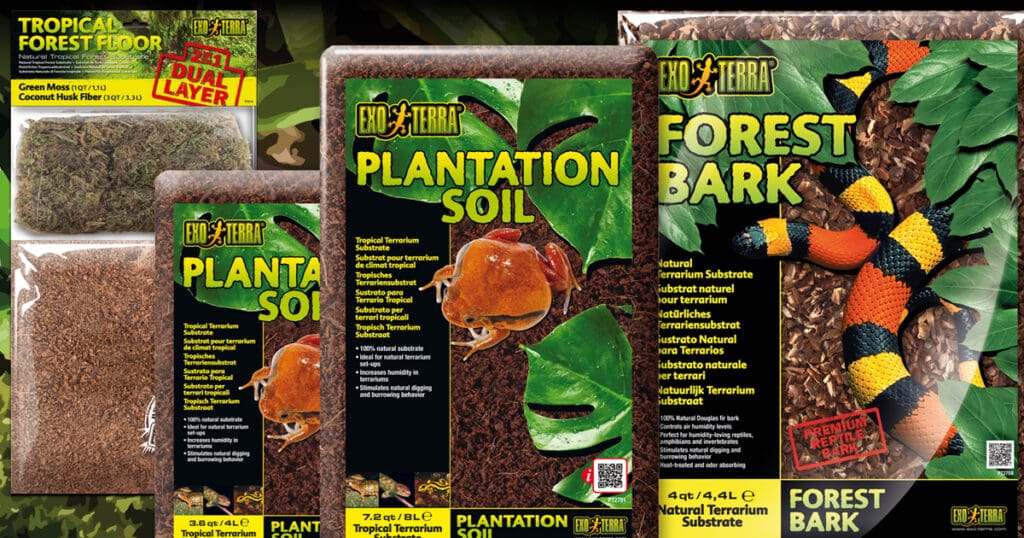
Impaction, a secondary condition
Thomas Merckx
Gastrointestinal impaction in reptiles and amphibians is considered a secondary condition: it typically arises as a consequence of other underlying issues or conditions. The primary causes that lead to gastrointestinal impaction are usually related to the animal’s environment (for example temperature and humidity), diet, or overall health.
Environmental factors
Diet
Reptiles and amphibians have species-specific dietary requirements. If they are fed inappropriate foods which lack for example essential nutrients, it can increase the risk of impaction. Improper nutrition might lead to ingestion of natural debris. In the wild, this is a way for the animal to handle food and nutrient shortage due to for example seasonal changes.
Lack of thermoregulation
Reptiles, in particular, rely on external heat sources to regulate their body temperature. If they are unable to bask in an appropriate temperature range, their metabolic functions, including digestion, may slow down, increasing the risk of impaction. This could in turn lead to a lack of nutrients, and as a consequence substrate ingestion (see above).
Poor husbandry practices
Inadequate enclosure cleaning, overcrowding, and stressful living conditions can all negatively impact the health of reptiles and amphibians. Stress can lead to decreased appetite and reduced activity, which in turn affects their digestive system.
Underlying health issues
Certain health problems, such as parasites, infections, nutritional deficiencies or metabolic disorders, can weaken the animal’s digestive system, making it more susceptible to impaction.
When one or more of these aforementioned factors are present, they can disrupt the normal functioning of the reptile or amphibian’s digestive tract, leading to the accumulation of indigestible material in the gastrointestinal tract. Over time, this can cause a blockage known as impaction, which prevents the proper passage of fecal matter. It’s crucial for terrarium owners to provide an appropriate diet, maintain a suitable environment, and address any health concerns promptly to minimise the risk of gastrointestinal impaction and promote overall well-being for their pets. Regular veterinary check-ups and consultations can help prevent or detect secondary conditions like impaction early on.
Thomas Merckx


Bearded Dragon in its natural habitat (Hoppers Crossing, Australia) - by A. Elliott.
Substrates Topics
Stone Desert
The Exo Terra Stone Desert mimics the natural soil found in arid regions, like deserts or savannahs. Most desert soils are not purely sand-based but rather a combination of sand, decomposed granite and clay resulting in interesting and sometimes colorful rock formations. Exo Terra’s Stone Desert allows you to create your own desert or savannah landscape, including cool-humid burrows as well as warmer elevated basking areas.
Subterranean Sanctuaries
Fossils trace the origins of these subterranean dwellings back to the age of dinosaurs, with creatures carving out their own spaces some 260 million years ago. This ancient practice of burrowing has been a survival strategy adopted by numerous species throughout the millennia.
Why choose a natural substrate?
A natural substrate can harbor beneficial microorganisms that contribute to the breakdown of organic matter, recycling nutrients, and supporting a healthy ecosystem. These microorganisms create a balanced environment that mimics natural ecosystems. In a natural substrate, nitrifying bacteria can convert ammonia (produced from animal waste) into less harmful substances like nitrate. This helps maintain a healthier environment by reducing harmful ammonia levels. Some substrates can act as pH buffers, helping to maintain a stable and suitable pH level for the terrarium's inhabitants. As a consequence, natural substrates are an essential component of any bioactive terrarium.
Stay up on all things exo terra.
"*" indicates required fields




